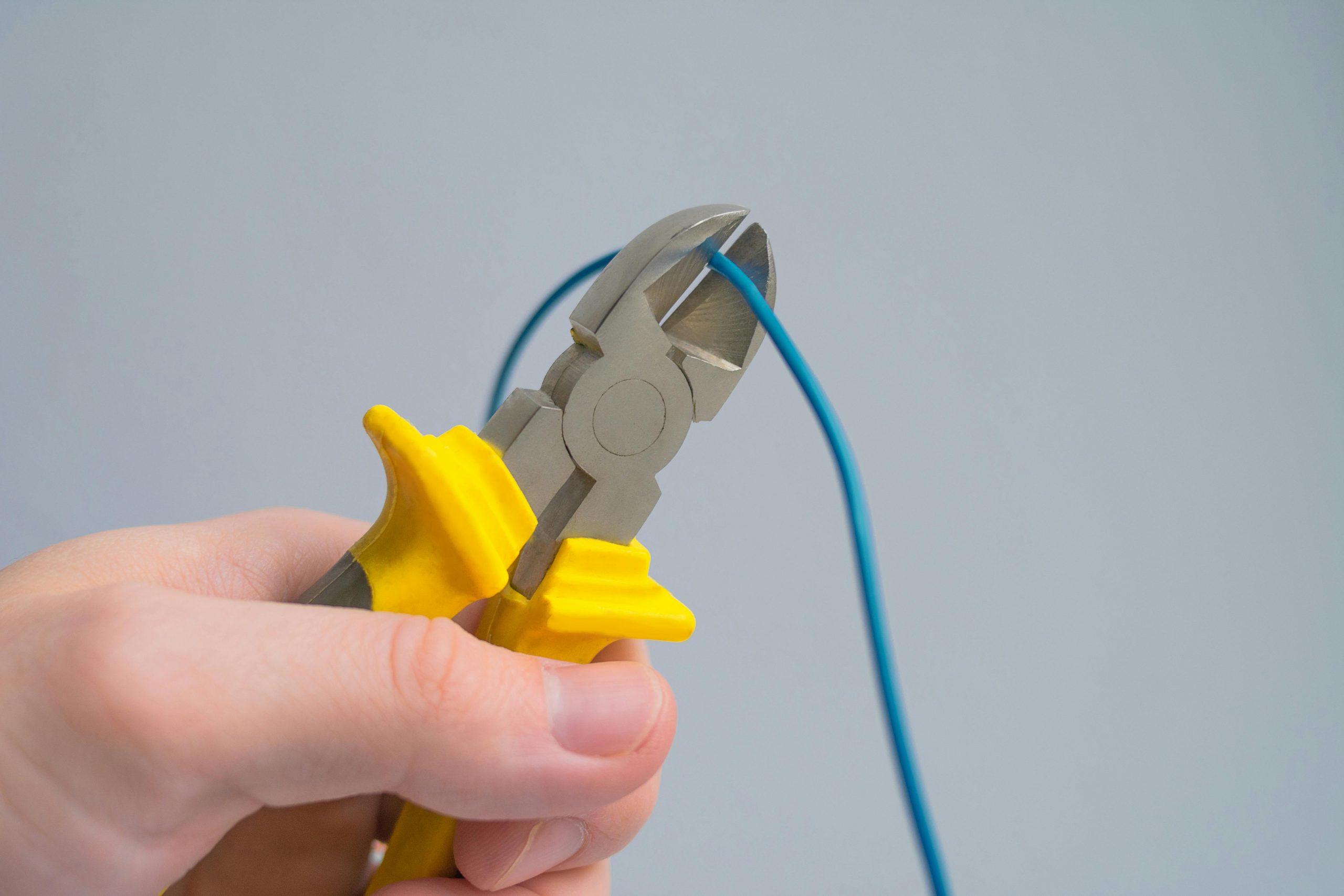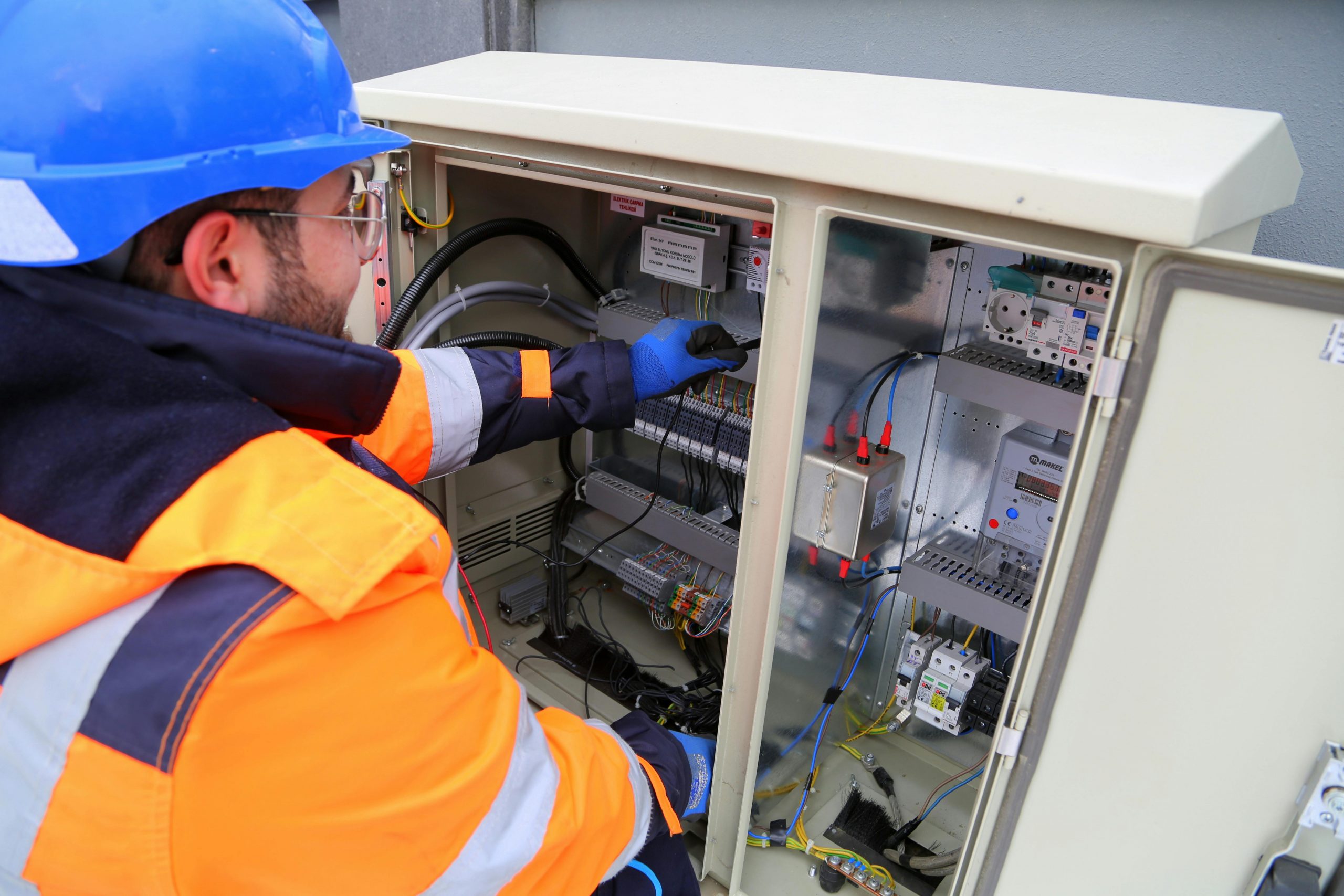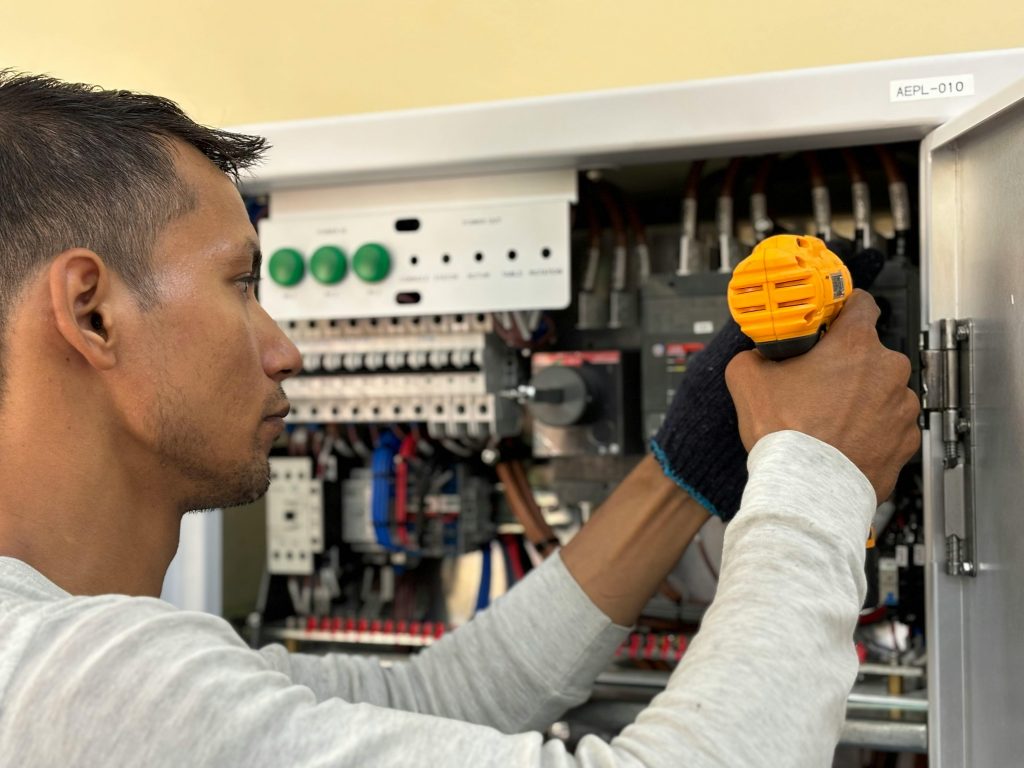
If you’re thinking about becoming an electrician, one of the first questions that probably comes to mind is: How long does it take? The answer is, it depends—largely on which state you’re in. While the steps to becoming an electrician are fairly similar across the U.S., the specific licensing requirements, experience hours, and education mandates can vary widely.
In this guide, we’ll break down what it typically takes to become an electrician, how your state influences the timeline, and what you can expect along the way. Whether you’re planning a career switch or just starting out, this article will help you understand what lies ahead.
What Are the General Steps to Become an Electrician?

Before diving into state-specific requirements, it’s important to understand how to become an electrician. Here’s a typical progression:
- High School Diploma or GED: Most apprenticeships and trade schools require a high school diploma or equivalent.
- Pre-Apprenticeship or Trade School (Optional): Some candidates start with classroom instruction in a vocational program.
- Electrician Apprenticeship (4–5 years on average): This is where you gain hands-on experience and classroom training.
- Journeyman Licensing Exam: After completing your apprenticeship, you can apply to take your state’s journeyman exam.
- Become a Licensed Journeyman Electrician: Once licensed, you can work independently or under a contractor.
- (Optional) Master Electrician License: After a few more years of experience, you can apply to become a master electrician.
Why Does the Timeline Vary by State?
States regulate electrician licensing through their own boards or departments. As a result, the number of required hours, types of exams, and allowed work scope may differ. Some states allow faster progression, while others have more stringent requirements.
How Long to Become an Electrician in Popular States?
Let’s break down a few examples so you can see how the timeline varies:
California
- Apprenticeship Duration: ~4 years (8,000 hours of on-the-job training)
- Additional Schooling: 720 hours of classroom instruction
- Licensing: Must pass a state certification exam to become a journeyman
- Total Time: Around 4–5 years
Texas
- Apprenticeship Duration: 8,000 hours under a licensed electrician
- Additional Schooling: Not always required but recommended
- Licensing: State licensing exam required for journeyman
- Total Time: 4 years or more
Florida
- Apprenticeship Duration: 4 years (8,000 hours)
- Additional Schooling: 144 classroom hours per year during apprenticeship
- Licensing: Licensing handled at the local level; state registration needed for contractors
- Total Time: 4–5 years
New York
- Apprenticeship Duration: 4–5 years (depending on program)
- Additional Schooling: Often part of union or non-union apprenticeship
- Licensing: Varies by city—New York City has its own Master Electrician License requirements
- Total Time: 4 to 6 years, depending on locality
Arizona
- Apprenticeship Duration: Typically 4 years (8,000 hours)
- Licensing: No statewide journeyman license; local requirements apply
- Total Time: Can be shorter in rural areas with fewer licensing barriers
Do You Have to Go to Trade School?
No, but it can help. While you don’t need to attend a trade school to become an electrician, doing so can make you more competitive when applying for apprenticeships. A pre-apprenticeship or certificate program usually lasts 6 months to 1 year and provides foundational knowledge in:
- Electrical theory
- Blueprint reading
- National Electrical Code (NEC)
- Safety procedures
Many community colleges offer programs that can sometimes count toward your required classroom hours in an apprenticeship.
What’s the Difference Between Union and Non-Union Paths?
The timeline doesn’t change much, but your experience might. Union apprenticeships (like those through the International Brotherhood of Electrical Workers or IBEW) often come with:
- Structured programs with consistent classroom and job site training
- Better pay and benefits during training
- Higher competition for entry
Non-union apprenticeships (also called “open shop”) can offer more flexibility and may be easier to get into, but the quality of training can vary.
Can You Speed Up the Process?
Not really—but you can make it more efficient. Here’s how:
- Start early: Apply for apprenticeships as soon as you graduate high school.
- Study smart: Pass the licensing exam the first time.
- Get extra classroom hours: Some states allow you to substitute classroom time for work hours.
- Choose the right location: States with fewer red tape requirements can speed up your journey.
What About Becoming a Master Electrician?

Once you’re a licensed journeyman, becoming a master electrician is the next step—but it’s not immediate.
Typical Master Electrician Requirements:
- 2,000 to 4,000 hours of additional work experience (1–2 years)
- Pass a separate, more advanced licensing exam
- Understand complex electrical systems and business management (especially if you want to run your own company)
Depending on your state, it could take 6 to 8 years total to become a master electrician.
Do Licensing Requirements Ever Change?
Yes. State boards regularly update requirements to align with code changes, safety protocols, or industry standards. Before committing to any path, always:
- Check with your state’s licensing board
- Contact local unions or electrical contractors’ associations
- Look into reciprocity if you plan to move states
Key Takeaways: Electrician Training Timeline by the Numbers
| Step | Typical Duration |
| High School | 4 years (if not already completed) |
| Trade School (Optional) | 6 months – 1 year |
| Apprenticeship | 4–5 years (8,000 hours OJT + classroom) |
| Journeyman Licensing | After completing apprenticeship |
| Master Electrician | 1–3 additional years |
Final Thoughts: It’s a Long Game, But Worth It
Becoming an electrician isn’t a quick process—but it’s a solid investment in your future. With strong job demand, competitive wages, and opportunities to go out on your own, this career offers long-term growth for those willing to put in the time.
Just remember: your state plays a major role in how long it will take. So before jumping in, research the requirements in your area and decide what kind of electrician you want to become—residential, commercial, industrial, or even specializing in green energy.
By knowing what to expect from day one, you’ll be better prepared to power up your career the right way.
